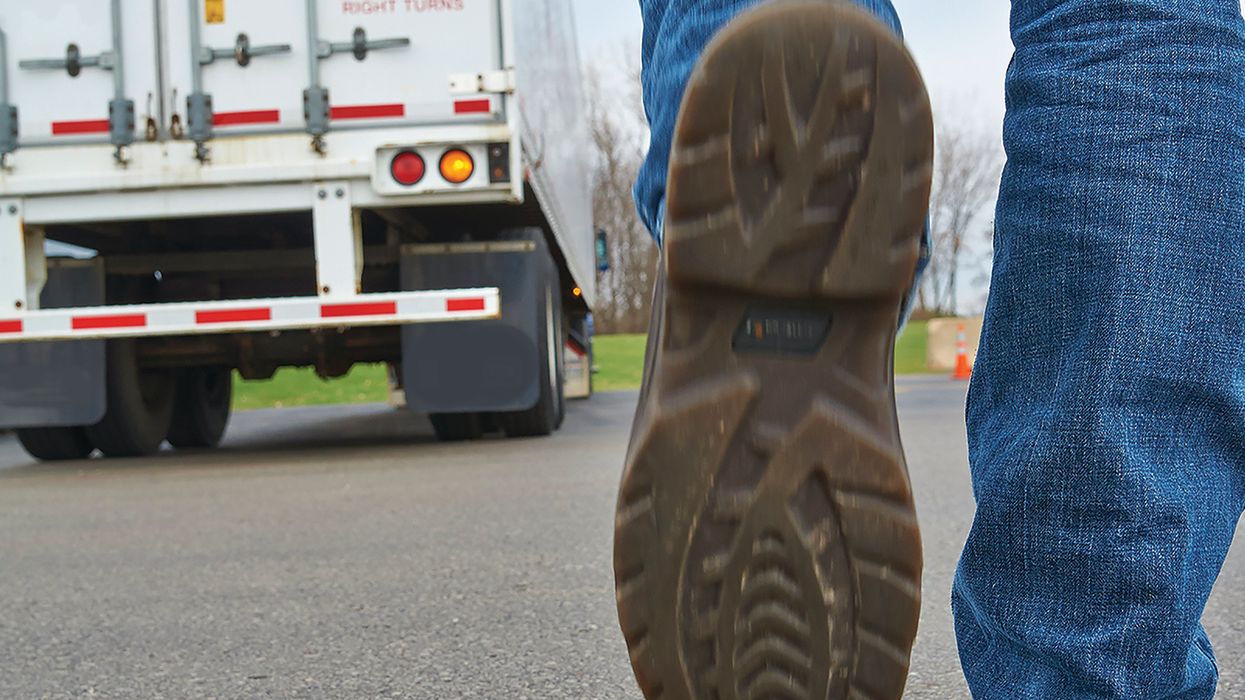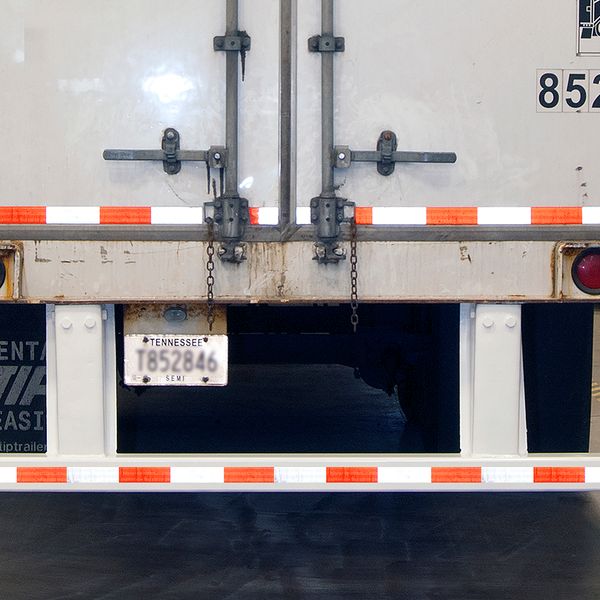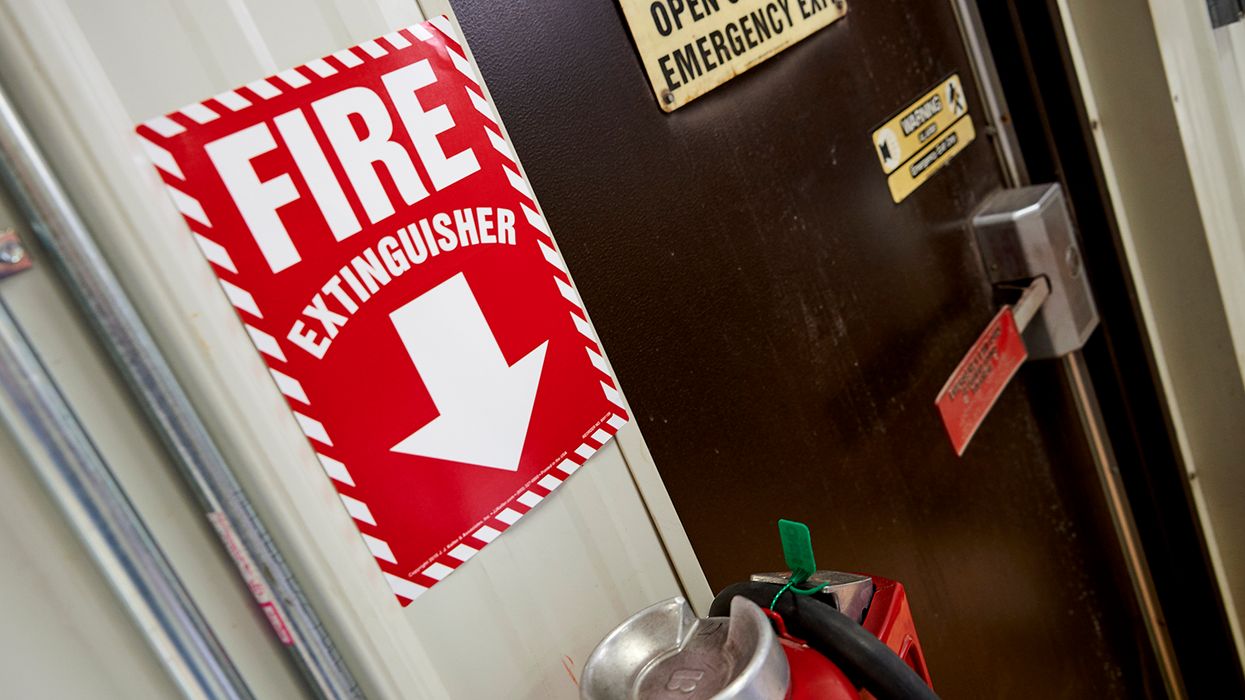Did you remember to inspect the bumper?
When you did your annual vehicle inspections this year, did you remember to include the rear impact guard?
The FMCSA issued a rule last year that added rear impact guards to the list of criteria for passing an annual inspection, as found in Appendix A to Part 396. The criteria include details on the condition, placement, and size of the bumper, depending on vehicle type and year of manufacture.
The rule change applies to all annual vehicle inspections as of December 9, 2021, meaning your inspections in the past year were affected.
The rule change means:
- Your inspectors and technicians need to be familiar with the bumper inspection standards, and
- Your annual inspection forms must include “rear impact guard” as one of the items inspected, if applicable to your vehicles.
The rear impact guard – sometimes called an “ICC bumper” after the name of the agency that first required them in 1952 – is required by 49 CFR 393.86, as well as by DOT manufacturing standards in Part 571.
As part of the new rule, the FMCSA revised 393.86 to exempt “road construction controlled horizontal discharge trailers” (as defined in 393.5) from the need for a rear impact guard.
What about the label?
One item missing from the new inspection criteria is the DOT certification label that manufacturers are required to place on each bumper. A missing label will not result in a failed inspection.
The FMCSA did change the rules, however, to allow the label to be placed on either the front or back side of the bumper, rather than strictly on the forward-facing surface. This rule change simply aligns the FMCSA’s rules with current manufacturing standards.
The inspection standards
The following bumper inspection standards are found in Appendix A to Part 396 and must be used when performing DOT annual vehicle inspections (as of December 9, 2021). Refer to 393.86 for exceptions. (Note that a vehicle meeting any of the following standards will FAIL its inspection.)
Trailers and semitrailers with a GVWR of 10,001 pounds or more, manufactured on or after January 26, 1998:
- Missing guard.
- Guard is not securely attached to trailer, including broken or missing fasteners, any welds or parent metal cracked, or other damage that compromises secure attachment of the guard.
- Guard horizontal member does not extend to within 4 inches of each, or extends beyond either, side extremity of the vehicle.
- Guard horizontal member is more than 22 inches above the ground.
- Guard horizontal member is more than 12 inches forward of the rear extremity of the vehicle.
- Guard horizontal member does not have a cross sectional vertical height of at least 4 inches across its entire width.
Other commercial vehicles (1953 or newer) on which the vertical distance between the rear bottom edge of the body (or the chassis assembly if the chassis is the rearmost part of the vehicle) and the ground is greater than 30 inches when the vehicle is empty:
- Missing guard.
- Guard is not securely attached to trailer by bolts, welding, or other comparable means.
- Guard horizontal member is more than 30 inches above the ground.
- Guard horizontal member does not extend to within 18 inches of each side extremity of the vehicle.
- Guard horizontal member is more than 24 inches forward of the rear extremity of the vehicle.
Key to remember: If you haven’t already, be sure to add rear impact guards to the list of items you need to inspect annually on your commercial vehicles.















































